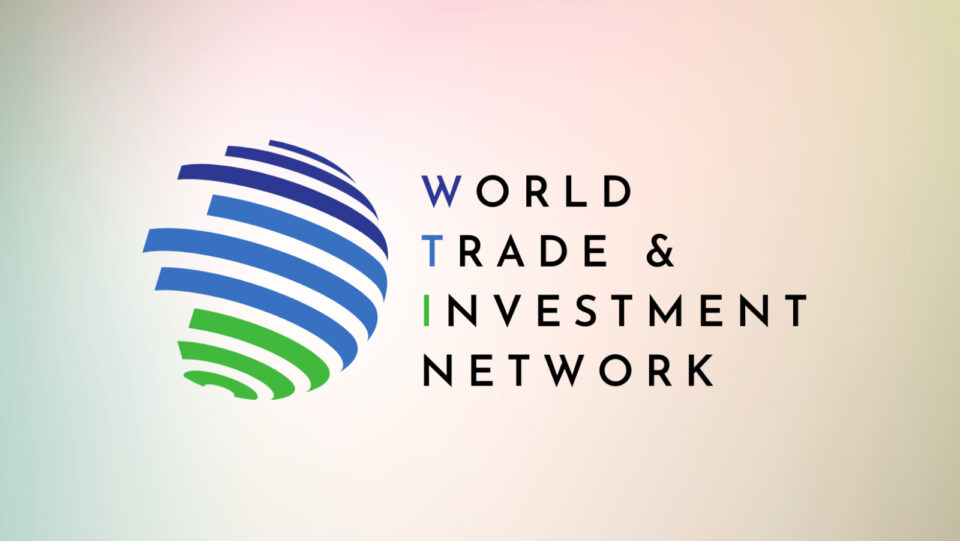Trade integration, the lowering of barriers to international trade, has had a significant impact on the Indian economy. Since the liberalization reforms of the 1990s, India has actively participated in global trade agreements and seen its trade volume soar. This integration has brought both positive and negative consequences, shaping the economic landscape of the country.
Positive Impacts:
- Economic Growth: Trade integration has opened new markets for Indian goods and services, leading to increased exports and economic growth. This has been particularly beneficial for sectors like IT, pharmaceuticals, and textiles.
- Foreign Investment: Lower trade barriers have attracted foreign direct investment (FDI) into India. This influx of capital has fueled infrastructure development, job creation, and technological advancements in various industries.
- Increased Efficiency: Competition from foreign imports has pushed Indian businesses to become more efficient and improve their product quality. This has benefited consumers with a wider variety of goods and potentially lower prices.
- Technology Transfer: Trade integration has facilitated the transfer of technology from developed economies to India. This has helped Indian companies adopt modern production methods and enhance their global competitiveness.
Negative Impacts:
- Job Losses: Increased competition from cheaper imports has led to job losses in some sectors, particularly labor-intensive industries like textiles and agriculture.
- Trade Deficit: While exports have grown, imports have often increased at a faster pace, leading to a trade deficit for India. This can put pressure on the Indian rupee and strain the country’s foreign exchange reserves.
- Unequal Benefits: The benefits of trade integration haven’t been evenly distributed across all sectors of the Indian economy. Some industries have flourished, while others have struggled to compete. Additionally, small and medium-sized enterprises (SMEs) may find it challenging to compete with larger international companies.
- Dependence on Imports: Over-reliance on imports for essential goods can leave India vulnerable to external shocks like price fluctuations or supply chain disruptions.
The Road Ahead:
India’s trade integration journey is ongoing. To maximize the benefits while mitigating the drawbacks, the government can focus on:
- Upgrading Infrastructure: Investing in infrastructure like ports, roads, and logistics will improve efficiency and reduce trade costs.
- Developing Skills: Equipping the workforce with the necessary skills to compete in a globalized environment is crucial.
- Supporting SMEs: Providing financial and technical assistance to small and medium businesses will help them thrive in the global market.
- Negotiating Fair Trade Deals: Ensuring trade agreements have balanced benefits and protections for domestic industries is essential.
In conclusion, trade integration has been a double-edged sword for India’s economy. While it has fueled growth and modernization, it has also brought challenges. By addressing these challenges and implementing strategic policies, India can continue to benefit from a more integrated global trading system.




